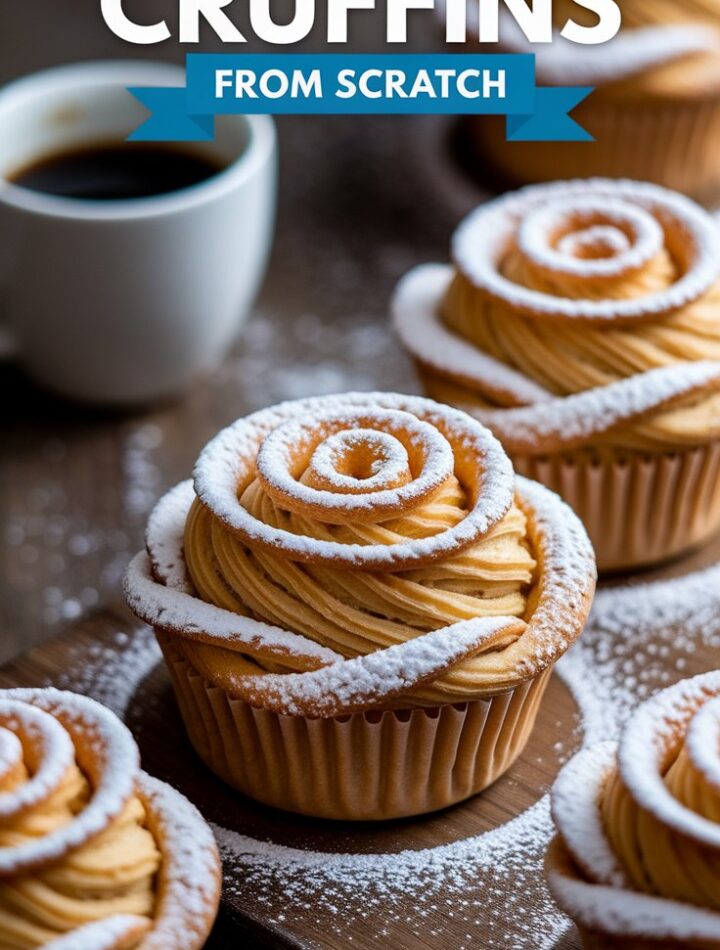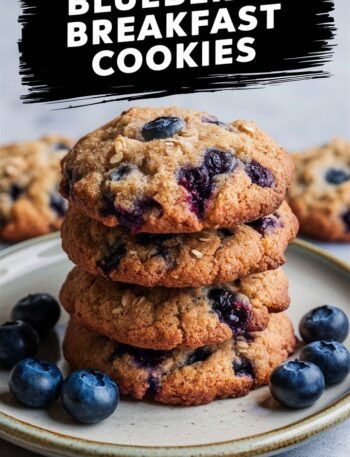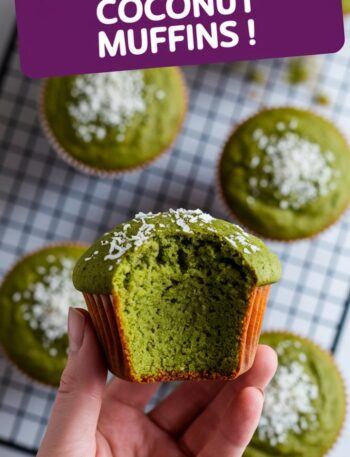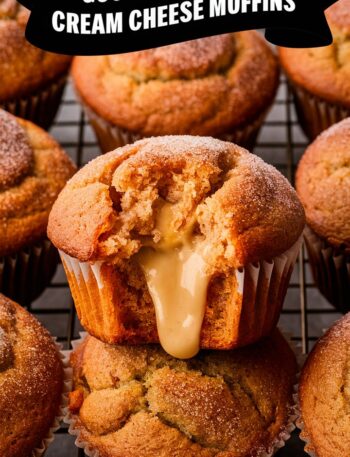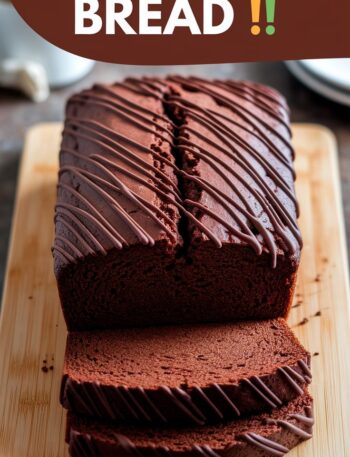If you’ve ever strolled through a bakery and been captivated by the golden, flaky layers of a croissant or the comforting softness of a muffin, imagine what happens when these two beloved pastries join forces. The result is the cruffin — a delightful hybrid that offers the buttery layers of a croissant baked in the shape of a muffin. This modern pastry invention has taken bakeries and home kitchens by storm because it’s equal parts indulgent and approachable.
Making cruffins at home might sound intimidating at first. After all, croissant-making is often reserved for advanced bakers, while muffins are seen as simple comfort food. But the truth is, with the right guidance, anyone can create bakery-worthy cruffins from scratch. Whether you’re baking for a leisurely weekend breakfast, an impressive brunch spread, or a sweet afternoon treat with coffee, cruffins never fail to delight.
In this complete guide, you’ll learn not only how to make cruffins from scratch but also the science behind the dough, how to troubleshoot common mistakes, creative variations, and tips for storage and serving. By the end, you’ll feel confident enough to bake a batch that rivals your favorite café’s version — and probably win compliments from everyone who gets a taste.
Why You’ll Love This Cruffin Recipe
- Bakery-Quality at Home: Golden, flaky layers that look and taste professional.
- Beginner-Friendly Method: Step-by-step guidance makes it achievable for all skill levels.
- Versatile Flavors: From sweet cinnamon sugar to rich chocolate or even savory herb blends, cruffins adapt beautifully.
- Crowd-Pleasing: Perfect for breakfast, brunch, or dessert — a pastry that always sparks joy.
- Make-Ahead Friendly: Dough can be prepared in advance, making mornings stress-free.
Ingredients: The Building Blocks of Cruffin Success
Every ingredient in a cruffin plays a role. Understanding why each one matters will help you master the recipe and adapt it to your needs.
- Flour (All-Purpose or Bread Flour): Provides structure. All-purpose gives a tender crumb, while bread flour adds extra chew.
- Active Dry Yeast: Helps the dough rise, creating airy layers. Instant yeast can also be used.
- Milk (Warm): Adds moisture, tenderness, and activates yeast. Warm — not hot — is key.
- Eggs: Enrich the dough, giving it softness and color.
- Butter (Unsalted): The star of the show. Melted for the dough, softened for rolling, and brushed for flavor. Creates flaky layers.
- Sugar: Adds sweetness and helps yeast activate.
- Salt: Balances flavors and strengthens gluten.
- Citrus Zest (Optional): Orange or lemon zest adds freshness and brightness.
- Coating Sugar (Granulated or Powdered): For rolling baked cruffins, giving them a sweet finish.
Substitutions and Variations
- Milk Alternatives: Almond, oat, or soy milk work for a dairy-free version.
- Vegan Swaps: Use flax eggs (1 tablespoon ground flax + 3 tablespoons water = 1 egg) and plant-based butter.
- Sweetener Options: Honey or maple syrup can replace sugar for a deeper flavor.
Step-by-Step Instructions for Perfect Cruffins
Step 1: Prepare the Dough
- In a large mixing bowl, whisk together warm milk, sugar, and yeast. Let sit for 5–10 minutes until foamy.
- Add eggs, melted butter, citrus zest, and salt. Mix well.
- Gradually add flour until a dough forms. Knead by hand (8–10 minutes) or with a mixer (5–6 minutes) until smooth and elastic.
- Shape into a ball, place in a lightly oiled bowl, cover with plastic wrap, and let rise for 3–4 hours until doubled.
Step 2: Divide and Roll
- Punch down the dough and divide it into 6 equal portions.
- Roll each portion into a thin rectangle on a floured surface.
- Brush generously with softened or melted butter.
Step 3: Shape the Cruffins
- Roll the dough rectangle tightly into a log (like cinnamon rolls).
- Slice the log lengthwise with a sharp knife to reveal layers.
- Twist each half into a spiral and coil it into a muffin tin cavity.
Step 4: Final Rise
- Cover the muffin tin and let the shaped dough rise for another 30–45 minutes.
Step 5: Bake
- Preheat oven to 400°F (200°C).
- Bake for 15–18 minutes, until golden brown and puffed.
Step 6: Finish with Sugar
- Remove from the oven, let cool slightly, then roll warm cruffins in sugar for a sweet coating.
The Baking Science Behind Cruffins
- Yeast Fermentation: Produces carbon dioxide, creating airy pockets. Longer rise times = better flavor.
- Butter Lamination: Layers of butter melt in the oven, releasing steam that puffs up the dough.
- High Heat Baking: Starting at 400°F ensures golden crusts while locking in moisture.
Flavor Variations to Try
- Cinnamon Sugar: Classic bakery style with a warm spiced twist.
- Chocolate Hazelnut: Spread Nutella between layers before rolling.
- Berry Jam Cruffins: Add a spoonful of raspberry or strawberry jam.
- Savory Cheese Cruffins: Fill with cheddar and herbs — perfect for brunch.
- Seasonal Specials: Pumpkin spice in fall, lemon poppyseed in spring, peppermint chocolate in winter.
Serving Suggestions
- With coffee or tea at breakfast.
- As part of a holiday brunch spread.
- Mini cruffins for party desserts.
- Drizzled with caramel or chocolate sauce for indulgence.
Storage and Reheating
- Room Temperature: Airtight container for up to 2 days.
- Freezer: Individually wrap and freeze up to 1 month.
- Reheating: 5 minutes in a 350°F oven restores crispiness.
Troubleshooting: Common Cruffin Mistakes
- Dense Texture: Dough under-proofed; ensure long enough rise.
- Dry Cruffins: Overbaked — check at 15 minutes.
- Layers Not Visible: Rolled too loosely or not enough butter.
- Sticking to Tin: Grease well or use parchment liners.
Healthier & Dietary Options
- Vegan Cruffins: Flax eggs + plant milk + vegan butter.
- Gluten-Free: Use a high-quality 1:1 gluten-free flour blend.
- Reduced Sugar: Cut sugar by half; coat lightly with cinnamon instead of sugar.
Expanded FAQs
Q: Can I prepare the dough overnight?
Yes! Refrigerate after kneading. Bring to room temperature before shaping and baking the next day.
Q: Can I skip yeast?
You can substitute baking powder, but the texture won’t be as flaky or airy.
Q: Can I use puff pastry sheets instead?
Yes, puff pastry gives a shortcut version, though it won’t taste as rich as yeasted dough.
Q: My dough is too sticky. What should I do?
Dust lightly with flour as you knead, but avoid adding too much or it will toughen.
Q: Can I fill baked cruffins with cream?
Yes! Use a piping bag to add pastry cream, whipped cream, or custard after baking.
Conclusion
Cruffins are the perfect example of how creativity in the kitchen can produce something magical. By combining the elegance of croissants with the comforting form of muffins, this pastry has earned its place as a modern classic. With a little patience and this step-by-step guide, you can bring the magic of a bakery right into your own kitchen.
Whether you stick to the classic sugar-coated version or experiment with fillings and flavors, homemade cruffins are always worth the effort. So, gather your ingredients, roll up your sleeves, and bake a batch — because nothing compares to the joy of pulling warm, golden cruffins fresh from the oven.
